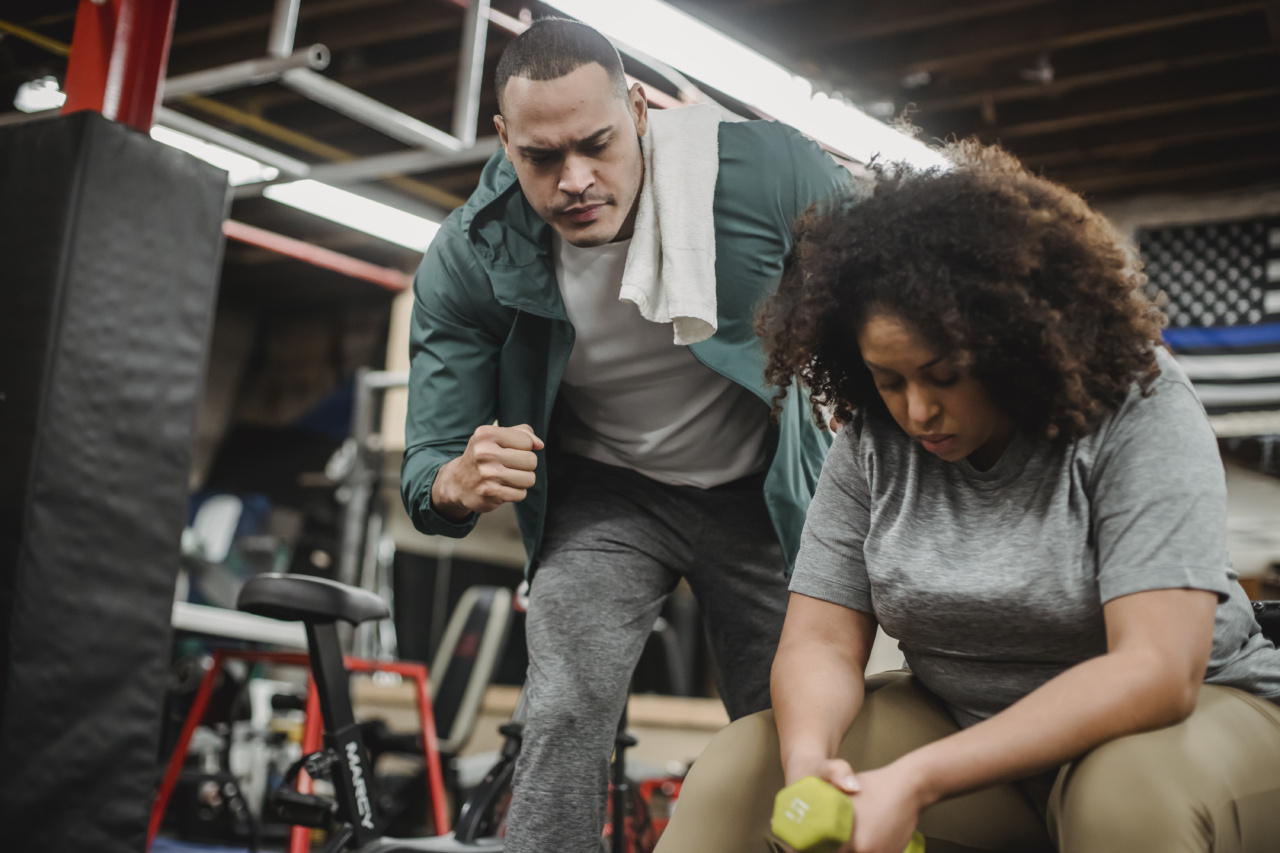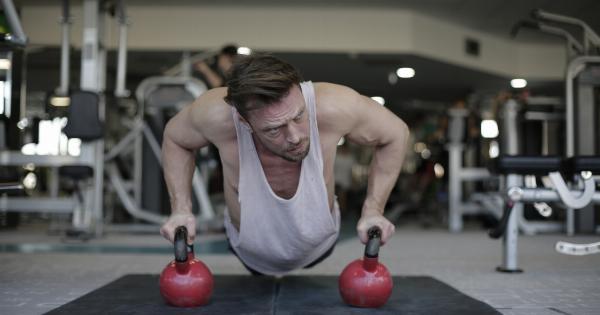Weight is a fundamental aspect of one’s physical well-being and health. Hence, keeping track of one’s weight is crucial to ensure that they maintain good health.
Traditionally, weight has been measured using the Body Mass Index (BMI) which has its fair share of limitations. Alternatively, twine or string can be used to accurately measure one’s weight. This method is both simple and affordable.
Why Twine is a Better Measure of Weight than BMI
The BMI measures weight by taking into account height. It is calculated by dividing an individual’s weight in kilograms by their height in meters squared (kg/m²). While the BMI is widely used, it has certain limitations:.
1. It does not account for body composition
BMI does not differentiate between body fat and muscle mass. This means that an athlete or bodybuilder could have a high BMI even though they are not overweight or obese.
2. It does not take into account bone density
BMI does not consider bone density. Someone who has a denser bone structure may have a high BMI even if they are not overweight or obese.
3. It is not suitable for children
The BMI is not a suitable measure of weight for children as children’s body composition changes as they grow. Thus, they require different measuring tools.
While BMI has its limitations, using twine to measure weight does not have any of these limitations.
How to Determine Your Weight with Twine
To determine your weight with twine, you will need a measuring tape and a piece of twine or string.
Step 1: Cut a Piece of Twine
For this step, take your measuring tape and measure the length of your arm from the wrist to the elbow. Cut a piece of twine that is the same length as your arm, and tie a knot at both ends.
Step 2: Weigh the Twine
Using a weighing scale, weigh the piece of twine and record the weight. Ensure that the weight is accurate as it will be used to calculate your weight.
Step 3: Measure your Weight
To determine your weight, tie the piece of twine around your midsection at the narrowest part of your waist and make sure it is snug. Ensure that the twine is parallel to the ground, and not twisted or bunched up.
At this point, take a second piece of twine or a marker and mark where the two ends of the twine meet. Once you have marked this spot, remove the twine and measure the distance between the two marks using a measuring tape.
Step 4: Calculate Your Weight
To calculate your weight, use the weight of the twine that you recorded in Step 2. Multiply the length of the twine (in inches) by the weight of the twine (in ounces), then divide the result by 16. This will give you your weight in pounds.
For example, if the length of the twine is 60 inches and it weighs 2 ounces, then:.
[(60 x 2) / 16] = 7.5 pounds.
So your weight is 7.5 pounds.
Conclusion
Using twine to measure weight is a simple yet accurate method. Unlike the BMI, it does not have any limitations and is suitable for adults and children.
By measuring weight accurately, one can track their progress towards a healthier lifestyle and take the necessary steps to maintain good health.



























